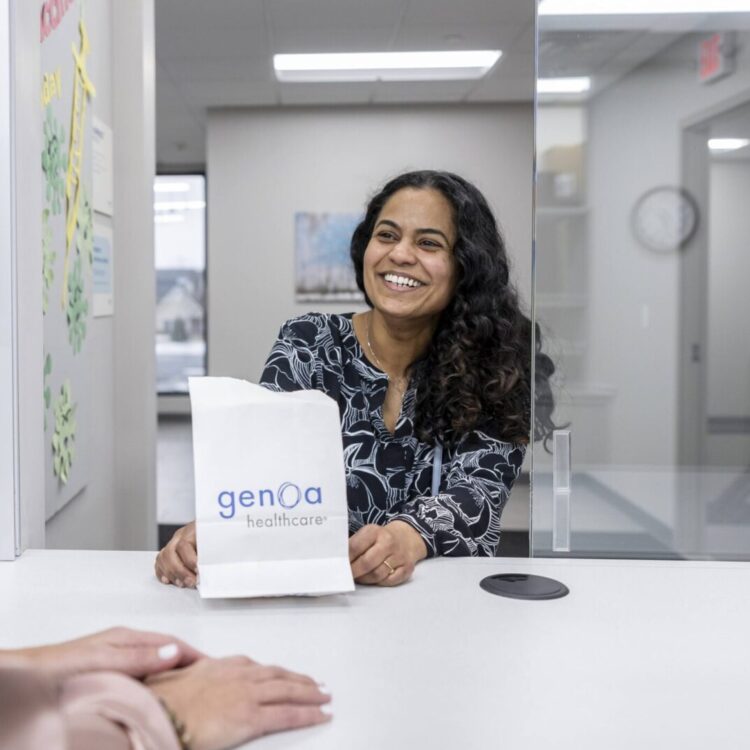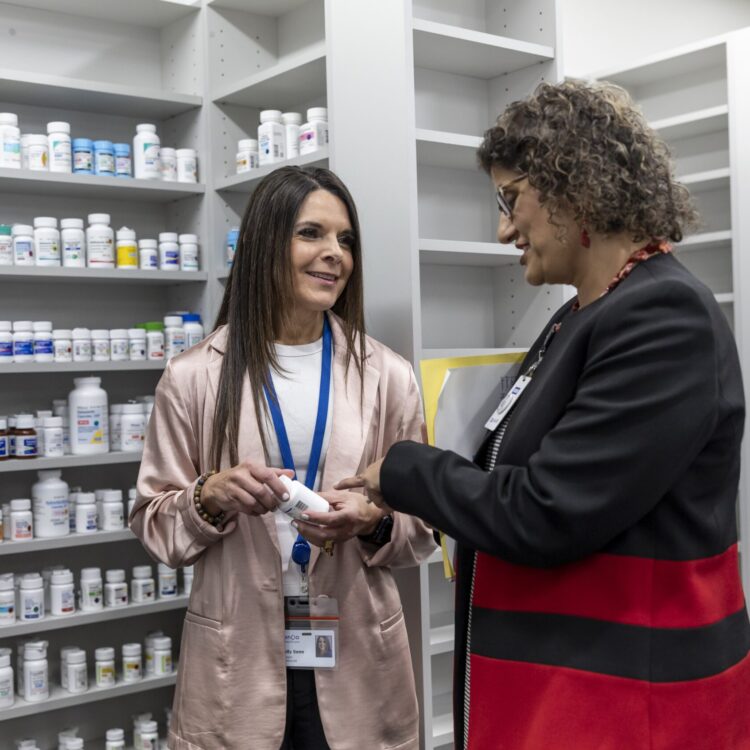A woman recently visited Ramonita Maldonado’s pharmacy in Hartford, Connecticut, on the recommendation of her therapist, who determined that she had not been staying on her medication plan. The woman told Maldonado that she didn’t know if she had any refills available and was also unsure when and how to take her behavioral health medications.
During the conversation, Maldonado realized that the consumer’s first language was Spanish, and that some instructions provided in English were getting lost in translation. Maldonado, who speaks fluent Spanish, offered to transfer the woman’s prescriptions to her Genoa pharmacy where she could interpret for her, and identify additional resources to help.
Language Barriers Leading to Prescription Confusion
According to Mental Health America (MHA) and the National Alliance on Mental Illness (NAMI), 10 million people with mental illness in the U.S. identify as Latinx or Hispanic. But only 35% of Hispanic/Latinx adults with mental illness receive treatment each year, compared to the U.S. average of 46%. This is due to many unique barriers to care, including language barriers.
Overall, mental health issues are on the rise for Latinx/Hispanic people between the ages of 12-49, and suicidal thoughts, plans, and attempts are also rising among Latinx/Hispanic young adults.
This makes access to multilingual health care workers in clinics, pharmacies and hospitals more important than ever before.
The story Maldonado shared isn’t uncommon. According to MHA, a shortage of bilingual mental health professionals can often cause confusion about medication plans for people whose first language isn’t English, which can have a devastating impact on those who need treatment.
At Genoa, when a bilingual pharmacy staff member isn’t available, pharmacy teams can help consumers access a 24/7 language line for help with prescriptions and treatment plans in almost any language.
In addition, Genoa provides free packaging that makes it easier for consumers to take morning, afternoon and evening medications, which can help people overcome language barriers and illiteracy.
“Having pictures and colors to help people understand, such as yellow pills for morning, red for daytime, and blue for nighttime, helps, as does taking the time to educate our consumers,” Maldonado said.
As Maldonado learned more about the consumer’s medication history, she realized the language barrier was affecting her whole family. The consumer’s two daughters also had unfilled prescriptions for antibiotic treatments.
“The girls’ antibiotics prescription was for six months, but when the mom received one month’s worth, she thought she was done. In reality, she had to continue going to the pharmacy on a monthly basis to get the medication,” Maldonado said.
After some explanation, Maldonado was able to help the consumer refill all prescriptions for her family and help her understand their treatment plans.
“We were able to show that we were here for her and willing to help out in any way necessary to ensure the girls were treated and give her that peace of mind,” Maldonado said.





